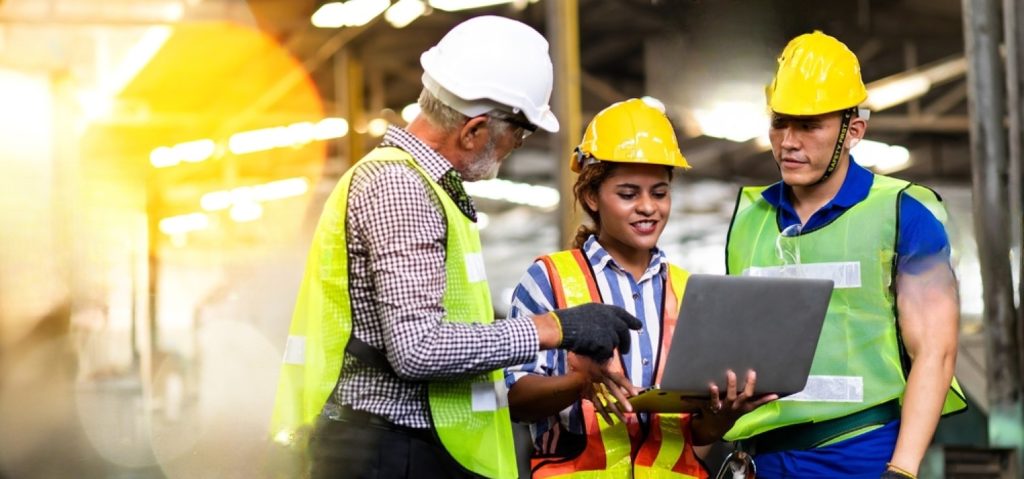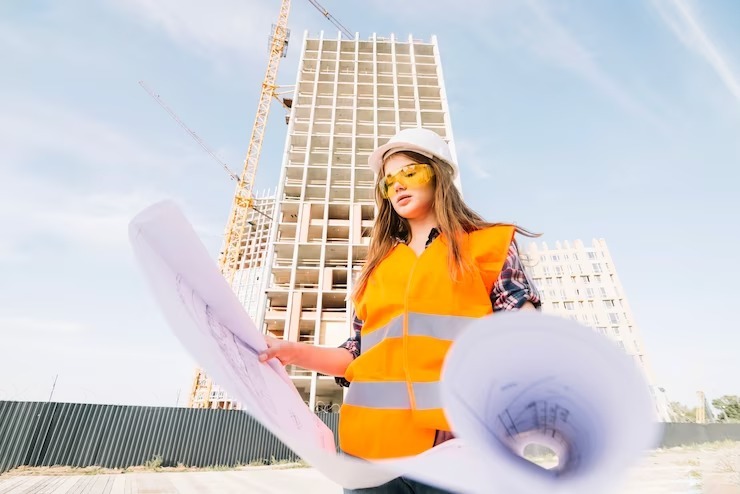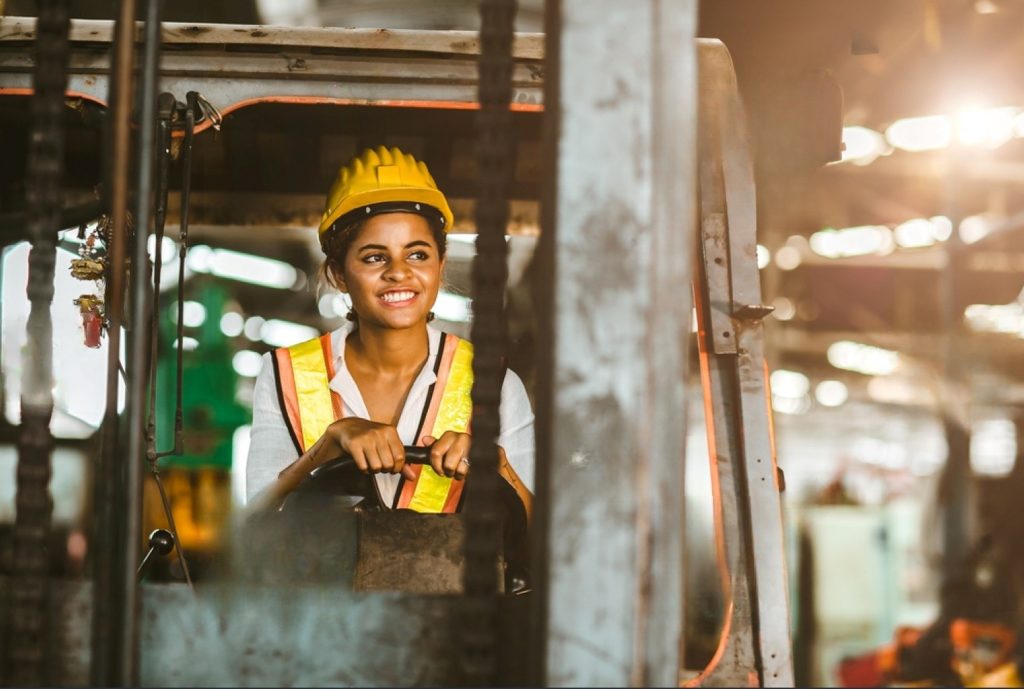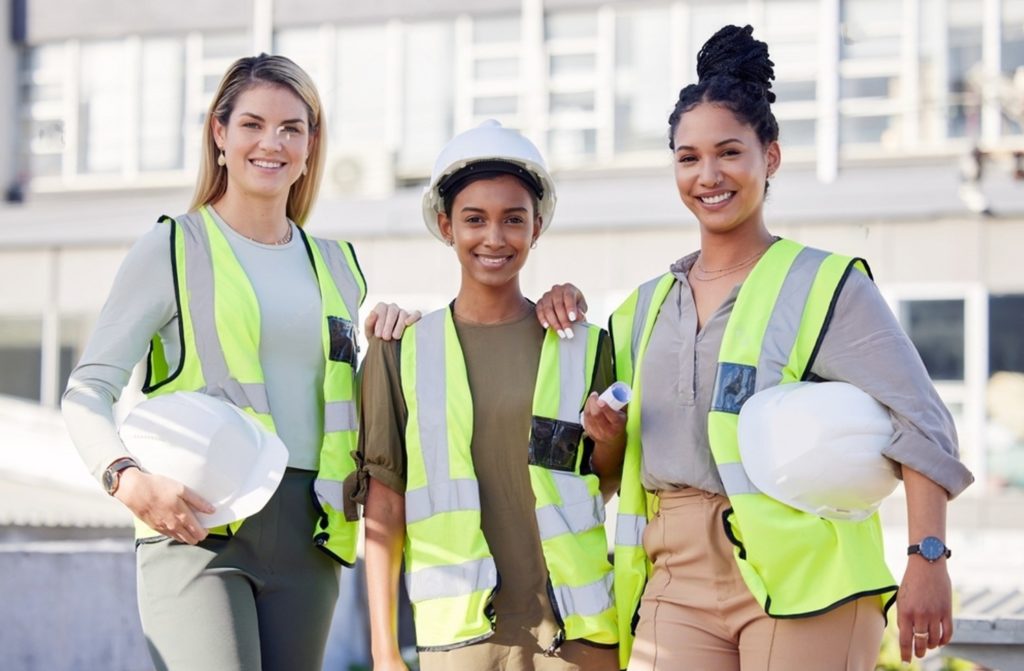Introduction
For decades, the construction sector was viewed through a monolithic lens—a field dominated by men, where women’s roles were often invisible or overlooked. However, the narrative is shifting. “Hard Hats and High Heels” isn’t just a catchy phrase; it symbolizes the groundbreaking progress of women in the construction equipment sector. This article dives into the historical journey, current trends, and the promising future of women in construction, highlighting the blend of resilience and grace they bring to the industry.

The Historical Landscape
Early Days: Women’s Initial Roles
Initially, women’s participation in construction was limited to supportive or administrative roles. The early 20th century saw women stepping into the sector during wartime shortages, but these were often temporary positions.
Evolution Over Decades
Over the years, societal and legal changes, such as the women’s rights movement and equal employment opportunity laws, paved the way for a more inclusive approach, slowly integrating women into more hands-on, technical roles within the sector.

Breaking the Glass Ceiling
Pioneers in the Field
Trailblazers in the industry proved that skill, not gender, defines one’s capabilities. These pioneers faced and overcame significant challenges, setting a precedent for future generations.
Overcoming Challenges
Despite the obstacles, women have made remarkable strides, utilizing their skills, determination, and resilience to excel in various construction roles, from on-site work to executive positions.
Women’s Growing Presence in Construction Equipment Sector
Statistics and Trends
Recent years have witnessed a noticeable increase in the percentage of women in the construction industry, including in leadership and technical roles involving construction equipment.

Key Roles and Contributions
Women are now seen in every aspect of construction, from project management and engineering to operating heavy machinery, contributing significantly to the industry’s growth and innovation.
The Impact of Diversity in Construction
Benefits on the Worksite
Diversity, including gender diversity, brings a variety of perspectives and ideas, leading to improved problem-solving, creativity, and efficiency on construction sites.
Economic Impacts
The inclusion of more women in the sector not only fosters a more equitable workplace but also contributes to the economy, tapping into a wider talent pool and driving growth.

Challenges Still Faced by Women
Gender Bias and Discrimination
Despite progress, women in construction still face challenges such as gender bias, discrimination, and sometimes, a lack of mentorship and support.
Work-Life Balance
Balancing the demanding hours of construction work with personal life remains a significant challenge, especially for women who often take on primary caregiving roles.
Supporting the Rise of Women in Construction
Policies and Practices for Inclusion
Adopting inclusive policies, promoting flexible work arrangements, and providing support for women in construction are crucial steps towards leveling the playing field.
Education and Training Opportunities
Increasing access to education, training, and mentorship programs can empower more women to join and thrive in the construction sector.

Case Studies: Women Leading the Way
Highlighting success stories of women who have made significant impacts in construction can inspire others and showcase the diverse opportunities within the industry.

The Future Landscape
Technological Advancements
As technology evolves, so does the construction sector, offering new opportunities for innovation and inclusivity.
Policy and Societal Changes
Ongoing efforts to promote diversity and inclusion, both at the policy level and within society, are essential for the continued rise of women in construction.
Conclusion
The journey of women in the construction equipment sector is a testament to resilience, innovation, and the breaking of traditional boundaries. As we look forward, it’s clear that the future is not just about women in construction; it’s about constructing a new paradigm of inclusivity and diversity.



